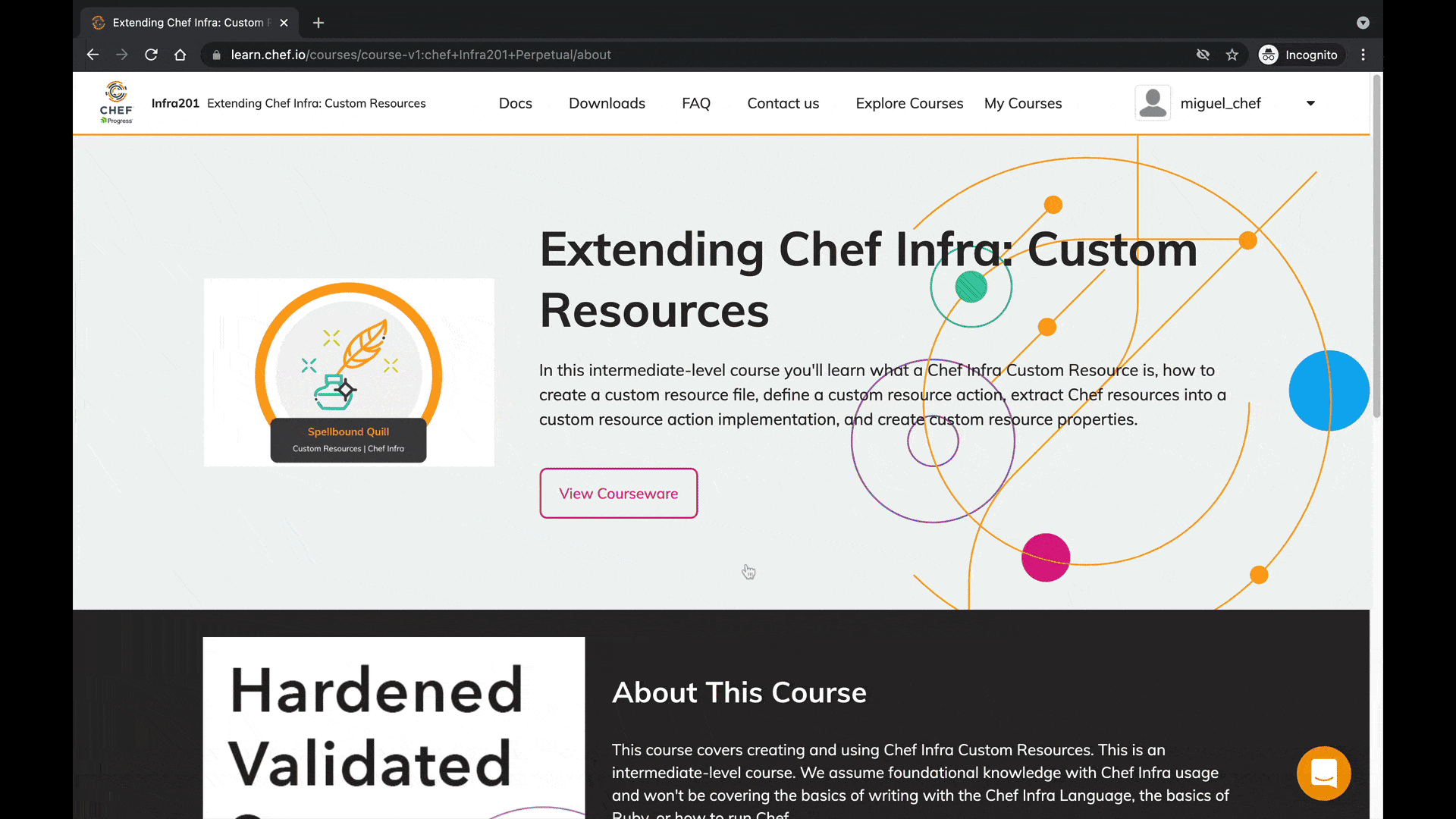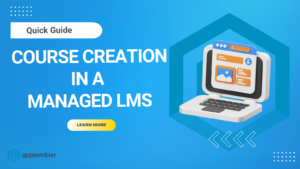Welcome to the ultimate guide to building an unbeatable developer marketing strategy! In this comprehensive article, we’ll explore the essential principles and tactics needed to engage developers effectively and boost awareness of your software solutions. From understanding the long-term vision to reducing friction between developers and your product, we’ll equip you with the knowledge to create a compelling developer marketing program that captivates this critical audience.
Key Takeaways:
- Embrace a long-term vision for your developer marketing strategy, understanding that cultivating trust and engagement with developers takes time.
- Gain stakeholder buy-in to support and evangelize your developer marketing initiatives, aligning your organization for success.
- Prioritize education over traditional marketing tactics, focusing on interactive learning experiences to captivate and empower developers.
- Reduce friction between developers and your product by providing hands-on experiences and transparent documentation.
- Create a dedicated developer zone on your website, offering technical resources and personalized learning paths to cater to developers’ needs.
Table of Contents
In the fast-paced world of technology, engaging developers in meaningful conversations about your product can feel like an uphill battle. Traditional marketing tactics often fall flat when it comes to reaching software developers, making it challenging to increase awareness of your solutions and products. However, fear not! A well-crafted developer marketing strategy can pave the way to success.
Embrace the Long-Term Vision
Developers are not easily swayed by flashy ads or quick sales pitches. Building trust and establishing relationships with them takes time. Be prepared for a long-haul journey, as it may take 12-18 months to create a successful developer marketing program. Remember, developers want more than just a demo; they crave interactive learning experiences, self-paced training courses, and the opportunity to explore your product hands-on. This patient approach will yield the most rewarding results.
When you’re in it for the long run, you gain a deeper understanding of your target audience. It allows you to tailor your strategies based on their preferences, needs, and pain points. Don’t rush into a hasty campaign; take the time to develop a comprehensive marketing roadmap that aligns with the developer’s journey.
Gain Stakeholder Buy-In
Before embarking on your developer marketing adventure, ensure you have the support of key stakeholders within your organization. Their backing will provide the necessary air cover to protect your initiatives from the monthly and quarterly business demands. Additionally, with a focus on reaching developers through alternative channels, you’ll be measuring success using different metrics. This requires your organization’s understanding and support, which can be achieved through stakeholder buy-in
To gain stakeholder buy-in, demonstrate the potential benefits of developer marketing beyond conventional metrics. Showcase the impact on developer engagement, product adoption, and customer loyalty. Emphasize the long-term vision and explain how nurturing relationships with developers can lead to a loyal and enthusiastic community of advocates.
Prioritize Education, Not Marketing
Pitching a product to developers like a conventional salesperson won’t cut it. Instead, focus on an educational developer marketing initiative that enlightens and empowers developers with valuable knowledge. Let them explore the technology and its benefits at their own pace, without pressuring them with constant sales efforts. Embrace the power of self-paced courses as a secret weapon to engage developers and cater to their diverse needs and roles.
Developers love to learn, and you can captivate their attention by delivering relevant, insightful, and educational content. Whether it’s blog posts, tutorials, or webinars, always put education at the forefront of your marketing efforts. Remember that each developer has unique preferences, so personalization is key. Tailor your content to address specific pain points and provide actionable solutions.
Reduce Friction Between Developers Your Product
The key to developer marketing success lies in simplifying the process for developers to experience your product firsthand. Gone are the days of traditional sales demos; today’s developers seek hands-on experiences. Companies like Twilio, Stripe, MongoDB, and SendGrid have embraced this approach, allowing developers to access and test their products directly. By providing such opportunitities, you can raise awareness of your product without directly selling it, ultimately leading developers to the “A-ha! moment” where they realize the value and indispensability of your software.
An essential component of reducing friction is offering developers a seamless onboarding experience. Provide clear documentation, tutorials, and guides to help them get started with your product effortlessly. Establish a feedback loop to encourage open communication and gather insights that can lead to product improvements.
Create a Developer Zone on Your Website
Blogs and eBooks might not be the ideal content for developers who love to learn through experimentation. To truly engage developers, establish a developer zone on your website – a hub of technical product content. This zone should offer a plethora of resources, including developer documentation, sample code, videos, tutorials, FAQs, quizzes, and polls. But don’t stop there! Elevate the experience by introducing self-paced training and interactive hands-on sandboxes to turn your documentation into an immersive learning journey.
In the developer zone, ensure that your content is easily discoverable and accessible. Use clear navigation and categorization to help developers find the information they seek quickly. Gamify the learning experience with quizzes and challenges to make it enjoyable and rewarding for developers to engage with your content.
You also need to bring the documentation in your developer zone to life with interactive, self-paced training and hands-on sandboxes. These additions will convert your documentation into an immersive and educational experience that developers have access to at all times, for example – Learn Chef

Learn Chef Course with Hands-on Sandbox: An example of developer education brought to life with hands-on sandboxes. It shows a student learning content in a self-paced course, then launching a hands-on sandbox to apply what they learned. This hands-on experience drastically improves curriculum retention.
Introducing Appsembler Virtual Labs: Empowering Developer Experiences
To make your developer marketing strategy an unstoppable force, you need a tool that can bring it all together – a tool that enables developers to interact with your software effortlessly. Enter Appsembler Virtual Labs, the ultimate solution to supercharge your developer marketing efforts.
Appsembler Virtual Labs empowers developers to launch your software instantly, without any cumbersome installations. This user-friendly platform allows them to build and experiment with your products in real time, providing the hands-on experience they crave to evaluate your software thoroughly.
You can build personalized self-paced courses tailored to various developer roles and experience levels. By offering a frictionless learning experience, developers can gain in-depth product knowledge, driving increased adoption rates and stronger customer loyalty.
Appsembler Virtual Labs not only reduces the barriers to entry but also fosters a community of empowered developers who can learn, collaborate, and innovate together. It becomes a central space where developers can exchange ideas, share experiences, and support each other.
Conclusion
Creating an effective developer marketing strategy requires careful planning, a long-term vision, and a focus on education rather than conventional marketing tactics. By reducing friction between developers and your product, you can facilitate the discovery of its value and benefits without resorting to forceful sales methods.
Appsembler Virtual Labs serves as the catalyst for your success, providing developers with an immersive learning environment that showcases your software’s potential. So, if you’re ready to take your developer marketing strategy to new heights, embrace the power of Appsembler and witness the remarkable results it brings to your software business. Engage developers like never before and secure a bright future for your product in the dynamic tech landscape.
Frequently Asked Questions
A developer marketing strategy is crucial for success in today’s competitive landscape. It enables you to effectively engage developers, build trust, and establish lasting relationships. By prioritizing education over traditional marketing, you can create a positive brand image among developers. This approach leads to increased product adoption, loyalty, and advocacy within the developer community, ultimately contributing to the overall success of your product.
While each developer marketing program is unique, it generally takes time to build strong connections with developers. On average, expect the process to take 12-18 months to see significant results. This timeframe allows you to cultivate trust, provide valuable educational content, and nurture developer engagement. Remember that patience and a long-term vision are key to achieving success in developer marketing.
Stakeholder buy-in is essential as it provides the necessary support and resources for your developer marketing initiatives. Without it, you may face challenges in implementing and executing your strategies effectively. When stakeholders, especially those in senior leadership positions, understand the value and potential impact of developer marketing, they offer the “air cover” needed to protect your initiatives from conflicting business demands.
To engage developers effectively, focus on providing educational content that addresses their specific needs and interests. Offer interactive learning experiences, self-paced training, and hands-on product exploration. Engage developer communities through informative content that empowers them with knowledge. Avoid sales-driven tactics, and instead, let developers explore your product at their own pace, allowing them to see the value it offers without feeling pressured.
Reducing friction between developers and your product is vital to fostering positive interactions. Offer hands-on experiences, interactive product learning, and easy access to your software. Encourage developers to explore, test, and build on your product without hindrance. By providing transparent documentation, tutorials, and onboarding processes, you make it easier for developers to understand and evaluate your software’s capabilities.
Creating an engaging developer zone involves curating technical content and resources that cater specifically to developers’ preferences. Include comprehensive developer documentation, sample code, videos, tutorials, FAQs, and quizzes. Consider offering self-paced courses and interactive hands-on sandboxes to transform your documentation into an immersive learning experience. Ensure easy navigation and search functionality to help developers find relevant information quickly.
Appsembler Virtual Labs transforms the developer experience by providing a frictionless way for developers to launch and interact with your software instantly. It eliminates the need for cumbersome installations, allowing developers to focus on exploring your product right away. By offering self-paced courses and immersive learning environments, Appsembler Virtual Labs empowers developers to gain in-depth knowledge, leading to increased product adoption and stronger customer loyalty.
Absolutely! Appsembler Virtual Labs allows you to build personalized self-paced courses tailored to various developer roles and experience levels. You can cater to the specific needs and responsibilities of junior developers and experienced professionals alike. This customization ensures that each developer receives the content and training most relevant to their unique requirements.
Appsembler Virtual Labs provides a user-friendly platform that enables developers to launch your software instantly, without any complex setups. With interactive hands-on experiences and real-time access to your product, developers can explore and experiment at their convenience. The platform fosters a seamless learning journey, making it easier for developers to understand your software’s functionalities and benefits.
Indeed! Appsembler Virtual Labs serves as a central space for developers to come together, exchange ideas, share experiences, and support one another. This collaborative environment cultivates a vibrant developer community, fostering knowledge-sharing and innovation. By connecting developers through the platform, you can create a network of empowered individuals who are passionate about your product.



